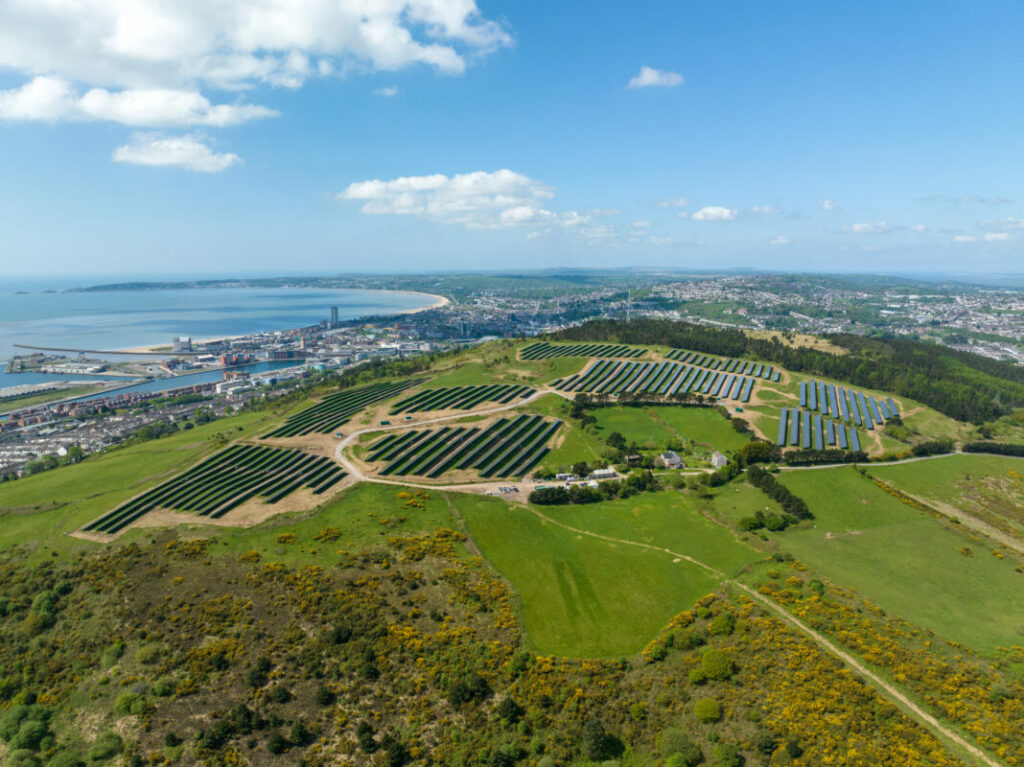
New analysis from Friends of the Earth revealed that 374,900 hectares—totalling 2.9% of land in England—are suitable for new onshore wind and solar farms to generate a combined 225,000GWh.
Researchers at Exeter University’s Environmental Intelligence Centre and Friends of the Earth identified 219,800 hectares of land considered most suitable for new onshore wind developments and 295,000 hectares with potential for new solar sites.
The analysis, which, among other factors, excluded national parks and areas of outstanding natural beauty (AONBs), higher-grade agricultural land, small developments, and heritage sites, found enough viable land to generate 130,421GWh of solar power and 95,542GWh of onshore wind.
In all, researchers identified potential onshore wind and solar PV farm sites totalling 213GW. Friends of the Earth said that, combined with offshore wind and rooftop PV generation, this would be far in excess of even the estimated upper limit of 170.5GW renewable generation capacity needed by 2030 in a scenario modelled by National Grid, especially when added to offshore wind and rooftop PV capacity.
North Yorkshire, Lincolnshire and East Riding of Yorkshire are among the top areas with potential for new renewable energy projects.
Friends of the Earth estimated that the UK must double the amount of renewable electricity it produces over the next six years to help power the green transition and replace energy phased out from fossil fuels.
The research finds that if all the land identified were developed for onshore solar or wind, 2.5 times more electricity than currently required to power all households in England could be produced.
Tony Bosworth, climate campaigner at Friends of the Earth, said: “The current government’s track record on boosting our energy security through renewables is woefully inadequate and has left the UK lagging far behind in the global race to a zero-carbon economy. Meanwhile, Labour is looking increasingly shaky on climate after rolling back its planned investment in green growth.
“We urgently need our political leaders to pull their heads out of the sand and produce a strong, ambitious and fair new climate plan that lifts the barriers to onshore wind and solar power and secures investment in the infrastructure needed to support the switch to renewables.”
This article first appeared on Solar Power Portal’s sister publication Current±.

